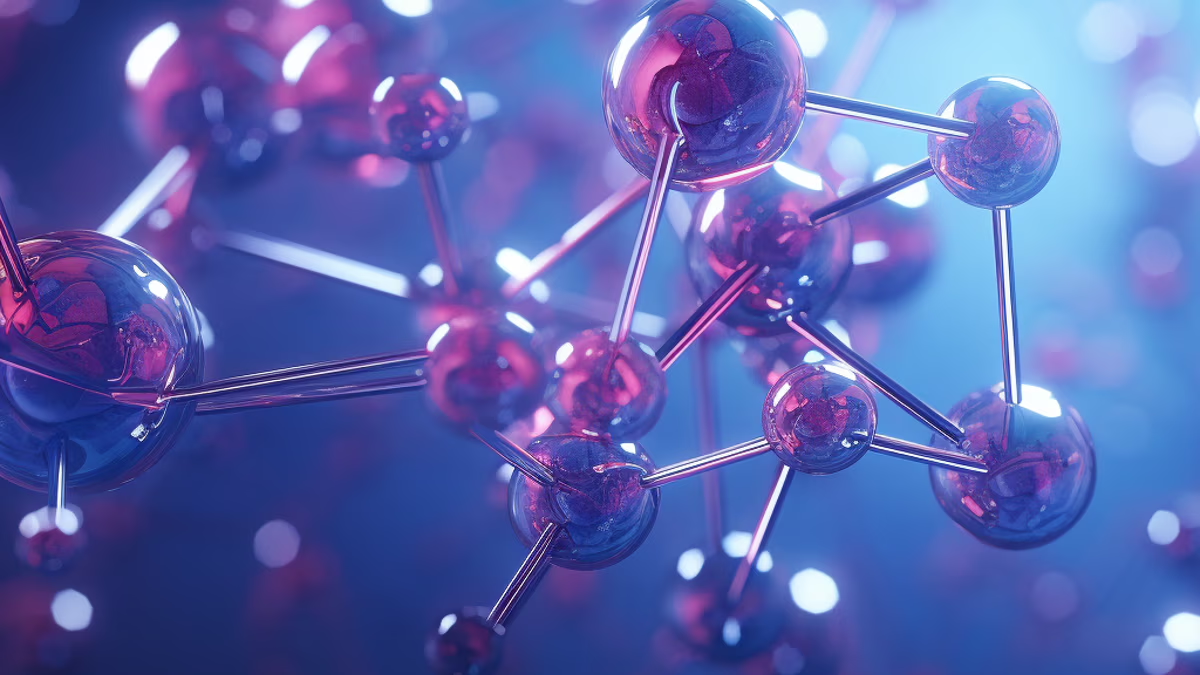
The research world was inspired by Dr. Lawrence’s discovery and the possibility that a small molecule or group of molecules could serve as an information carrier with profound biological effects. Pharmaceutical companies embraced the idea of using immunomodulators as therapeutic agents, dietary supplements, and functional foods, relying on transfer factors as carriers for treating human diseases and identifying immune effects.
Until the late 1980s, transfer factors were obtained exclusively from human blood. However, these production technologies were unsafe due to the risk of viral and other infections, and they were too costly for large-scale production. Additionally, transfer factors derived from human blood were difficult to standardize. In 1989, a method for producing transfer factors from cow colostrum and chicken egg yolks using ultrafiltration was developed. Simultaneously, German scientists developed technologies for producing transfer factors from sea urchins, making the products safe and effective.
Nowadays, various manufacturers use different methods to produce transfer factor-based drugs and dietary supplements, and these products are included annually in the Physicians Desk Reference as over-the-counter supplements that enhance the effectiveness of the immune system. According to modern views, transfer factors are considered cytokines – polypeptides that are the main modulators of the immune system’s components, the mechanisms of which are actively studied. Most transfer factors have a dietary supplement status and are not classified as medicinal drugs. Furthermore, transfer factors do not consist of a specific chemical molecule or substance that can be designated as a specific compound – they are primarily a system. Therefore, from an informed perspective, the term “Transfer Factors” is logically attributed to the technology for obtaining or to the systems for transferring immune information rather than to a specific group of substances such as immunomodulators.
At least it is clear that the term “Transfer Factor” is not appropriate to suggest as the name of a specific drug or dietary supplement, ingredient, or brand. Although dietary supplements based on transfer factors have become extremely popular worldwide because they directly affect various components of the immune system by conveying information about pathogens and modeling the immune system to detect and combat sources of various diseases.
Modern immunomodulators of endogenous origin are conventionally divided into immunoregulatory peptides and cytokines. It is known that the central organs of immunity are the thymus and bone marrow, regulating the development of cellular and humoral immune responses, respectively. The use of thymus peptides (immunoregulatory peptides) to create medicinal drugs and dietary supplements that restore cellular and humoral immunity is the most effective and comprehensive action. The development of thymic preparations of the new generation was initiated by the discovery of a new class of bioactive compounds – thymus peptides, including thymosins, thymopoetins, and serum thymic factor (thymulin). These peptides, when introduced into the bloodstream, influence the entire peripheral immune system, affecting the growth and proliferation of lymphoid and other cells. The pioneer of thymic preparations of the new generation is transfer factor IPH T, which represents a complex of peptides extracted from sea urchins. The amino acid sequence of these peptides fully corresponds to thymus peptides and is natural in origin and in the method of production.
Immunomodulators that consist of peptide extracts from the thymus of warm-blooded animals are only allowed for medical use. Such products require approval by the European Commission for novel food ingredients in the European Union and must undergo evaluation by the FDA in the United States to be marketed. The clinical effectiveness of thymic preparations and dietary supplements is not in doubt, but they have one small drawback: they consist of a mixture of bioactive peptides that are challenging to standardize without developed control methods and standards.
In conclusion, it is relevant and useful to note that scientific research on the immunotropic action of various agents allows us to conclude that an immunomodulator selectively acting on a specific component or link of immunity (phagocytosis, cellular or humoral immunity) will, to some extent, also affect all other components of the immune system. The adaptative response of the organism is a reaction tailored to the current state of the whole organism.